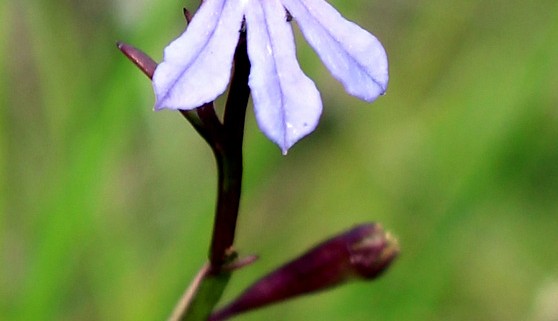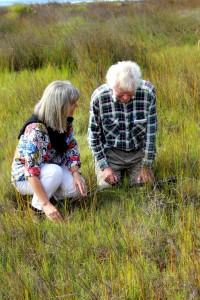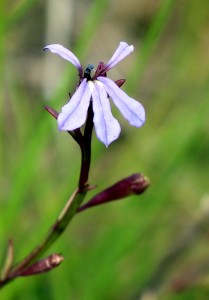Little blue flowers
The research journey of discovering more about Georgiana Molloy and her life has been a long one – more than a decade – and it continues now, even after the publication of the new Picador edition of my book. I think that’s what it is about research that fascinates and motivates and keeps you going through months and months when all the paths you try just become dead ends. One day, an apparently tiny thing connects with another and reveals itself to be significant and, sometimes, very moving. The way circles eventually close after long periods of time continues to absorb me. For some reason – and I think it’s just to do with being human – these seeming coincidences and connections are deeply satisfying. They often feature in the books I enjoy reading and they’ve already found their way into the one I’m writing now.
Eleven years ago, long before I knew I would one day write a biography of Georgiana Molloy and even before I realised that researching her life was going to be so important to me, Mike and I visited Kew Herbarium near London. We were warmly welcomed by the visiting botanical liaison officer from the Perth Herbarium that year, the eminent botanist Dr Alex George. He showed us some of Georgiana’s specimens there and I saw for the first time the Acacia extensa she collected at the Vasse (Busselton) in the Western Australian summer of 1840, not far from my own home. It was a very special moment and the photograph Mike took of my hand touching that specimen appears in my book on p251.
A couple of weeks ago I heard again from Dr Alex George and he invited us to go with him down to Augusta to look for a very particular plant, hoping that my knowledge of the area where Georgiana lived in the 1830s might help us to locate it. We went to Augusta last weekend to search for the answer to one remaining mystery.
In 1830 when Georgiana’s first child died twelve days after being born in a tent, soon after the settlers arrived, she picked some flowers to put on her baby’s body before the coffin was closed. It was early May. The land there by the river was not cleared and not yet planted by the settlers. The flowers must have been growing wild near the camp. She would have been too weak to walk far. Alex had often wondered which ‘little blue flowers’ would have been blooming at that time, in that habitat, and he came up with one main contender: Lobelia anceps.
The three of us searched for a long time, wondering whether ground disturbance in the last 180 years would mean the plant we were looking for no longer grows there. Eventually we decided to leave, but while Mike walked back to collect the car, Alex found the plant growing exactly where we had hoped it would be.
And so, eleven years after Mike and I last met Alex at Kew, we all shared another special ‘botanical moment’ beside the Blackwood River in Augusta. Of course, we still can’t be sure that this was the plant Georgiana chose to place in Elizabeth Mary’s coffin but we’ll be going back again in early May, closer to the exact date, to see whether the plants are still flowering there and just to check whether there are any other small, blue native plants in bloom in the right area.
My own feeling is that Alex has correctly identified the flowers Georgiana gathered on the morning of her baby’s funeral. In the absence of the English plants she loved, they must have looked to her so much like Forget-me-nots.
“Dawson dug the grave. Molloy made a pathway.
I put her in the coffin which was common deal lined with flannel
and put some little blue flowers on her body. It being winter, there
were very few flowers in bloom.”
Cumbria Archive Centre D KEN 3/28/9 (transcribed by Bernice Barry)







